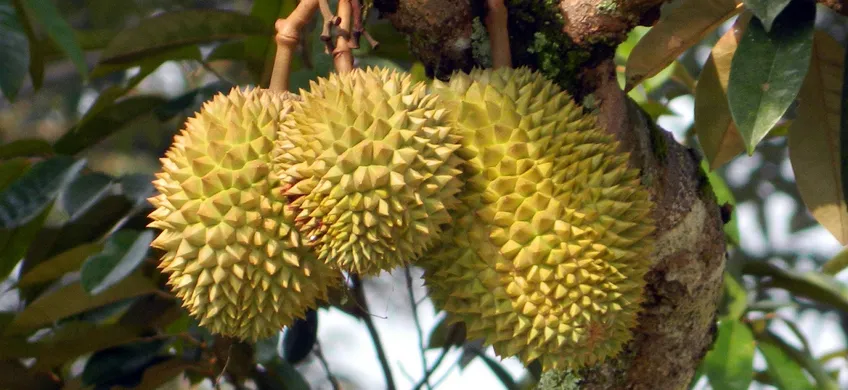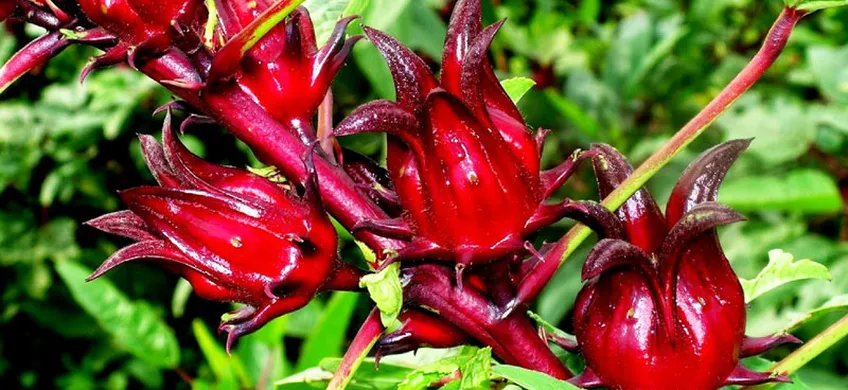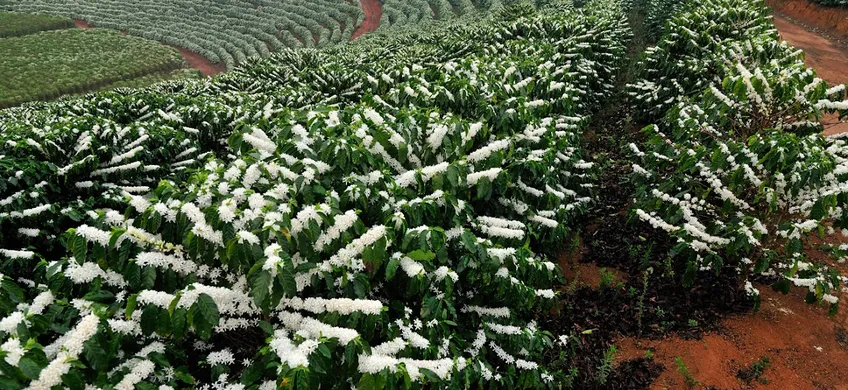Guidelines for Planting and Caring for Custard Apple for High Yield
Growing custard apple (also known as sugar apple or Annona) properly will ensure healthy tree development, high fruit set, and optimal yield. Choosing good varieties, planting during the early rainy season, consistent watering, regular fertilization, pruning, and pest control are key factors for producing quality fruit.
Custard apple, loved for its delicious taste and high nutritional value, requires proper care to thrive and produce an abundance of fruit. Below are detailed instructions on how to plant and care for custard apple trees to achieve high productivity.
1. Selecting the Variety and Preparing the Soil
Choosing the right variety is crucial when planting custard apple. You can choose between soft flesh (Annona reticulata) or hard flesh varieties (Annona squamosa) depending on the local climate and soil conditions. The soil should be loose, rich in nutrients, and well-drained. To enhance the soil quality, add organic compost or well-rotted manure before planting.
2. Planting Season
Custard apple can be planted year-round, but the ideal time is at the start of the rainy season (May - July). Planting during this period allows the trees to benefit from natural water sources, reducing the need for irrigation and helping the roots establish quickly.
3. Planting Techniques for Custard Apple
-
Digging the planting hole: The planting hole should measure 50x50x50 cm. Before planting, prepare the hole by applying organic compost, phosphate fertilizer, and lime powder to sterilize the soil.
-
Planting the tree: Place the seedling in the hole, fill with soil, and press it down firmly. After planting, water thoroughly around the base of the tree to help it adjust to its new environment.
4. Caring for Custard Apple After Planting
-
Watering: During the initial growth stage, water the tree regularly to maintain soil moisture. Avoid overwatering, as this can lead to root rot.
-
Fertilization: Apply fertilizer periodically, combining both organic and inorganic fertilizers to ensure comprehensive development. During the flowering and fruit-setting stages, increase potassium fertilizer to enhance fruit quality.
-
Pruning: Regularly prune dry or weak branches to keep the tree well-ventilated, allow sufficient sunlight penetration, and reduce the risk of pests and disease
5. Pest and Disease Control
Custard apple trees are prone to certain pests and diseases such as stem borers, mealybugs, and fungal infections. Regular inspections are essential, and using biological methods or safe pesticides helps in timely and effective pest control.
6. Harvesting Custard Apple
The best time to harvest custard apples is at the end of the rainy season, when the fruits have fully ripened. Harvesting at the right time ensures the best quality and flavor of the fruit.
By following these proper planting and care techniques, you can ensure not only healthy tree growth but also increased yield, which leads to higher economic returns for the growers. Apply these steps for a bountiful and high-quality custard apple orchard.








main.comment_read_more